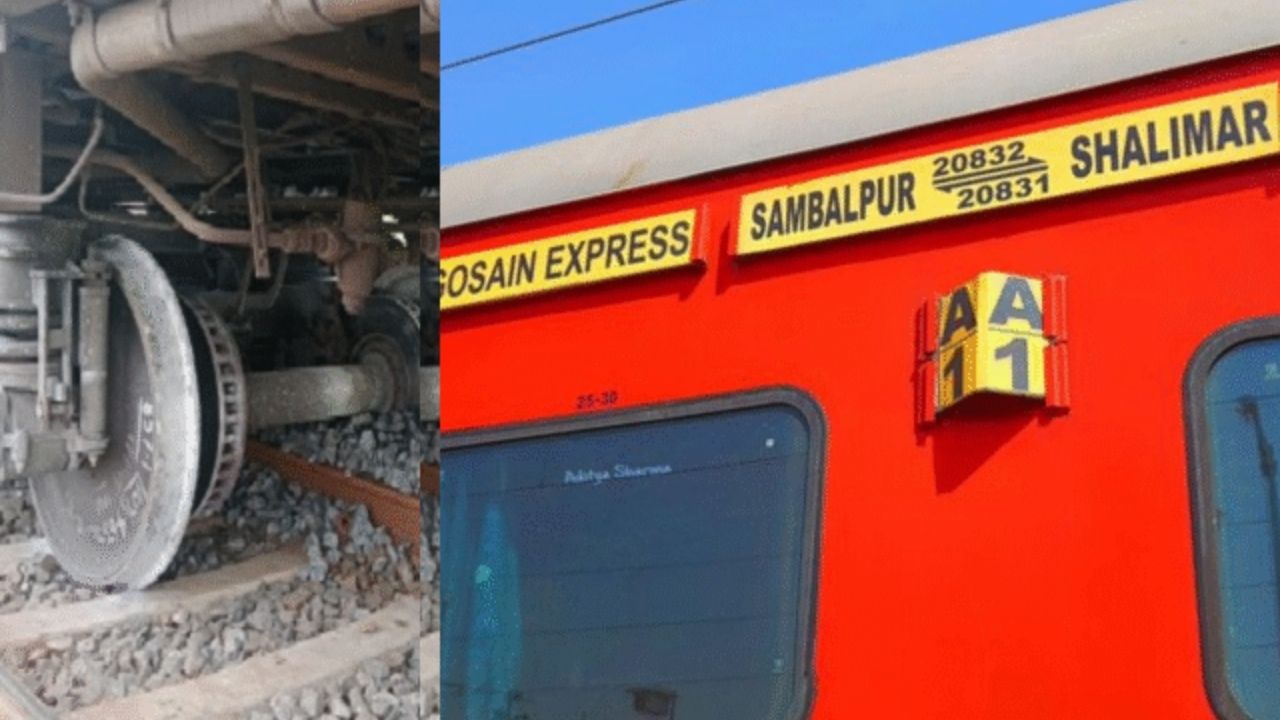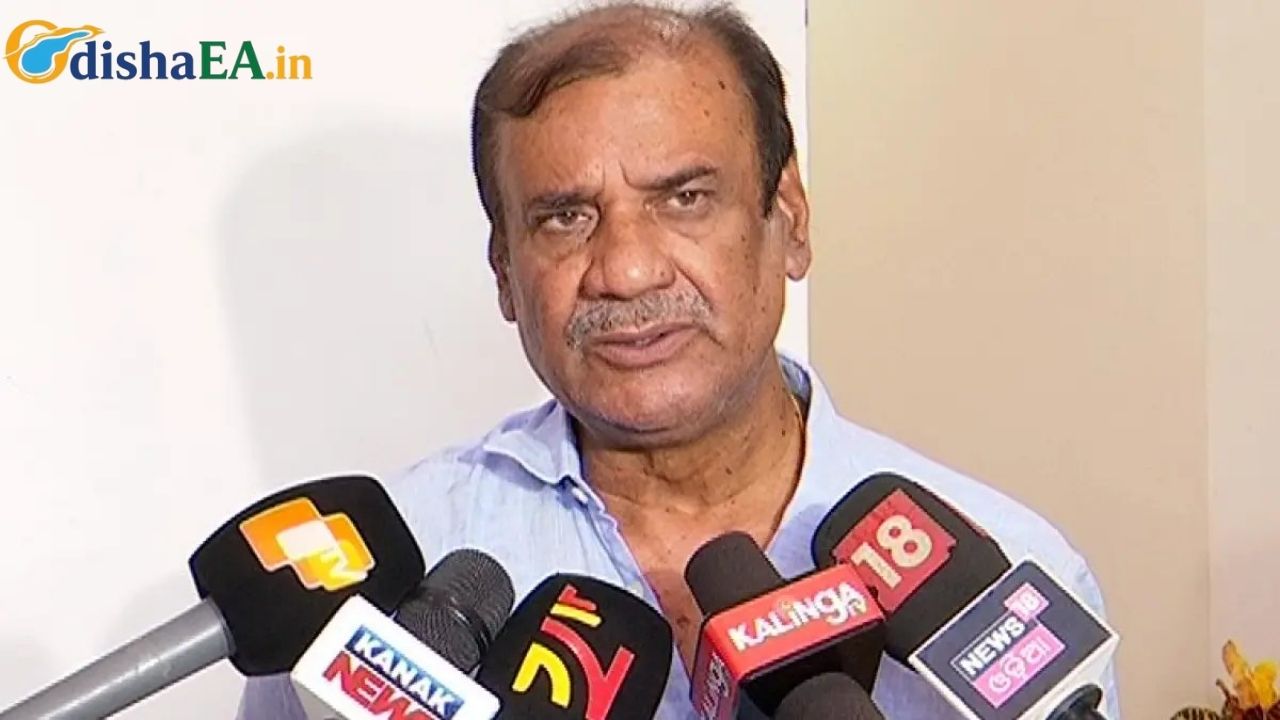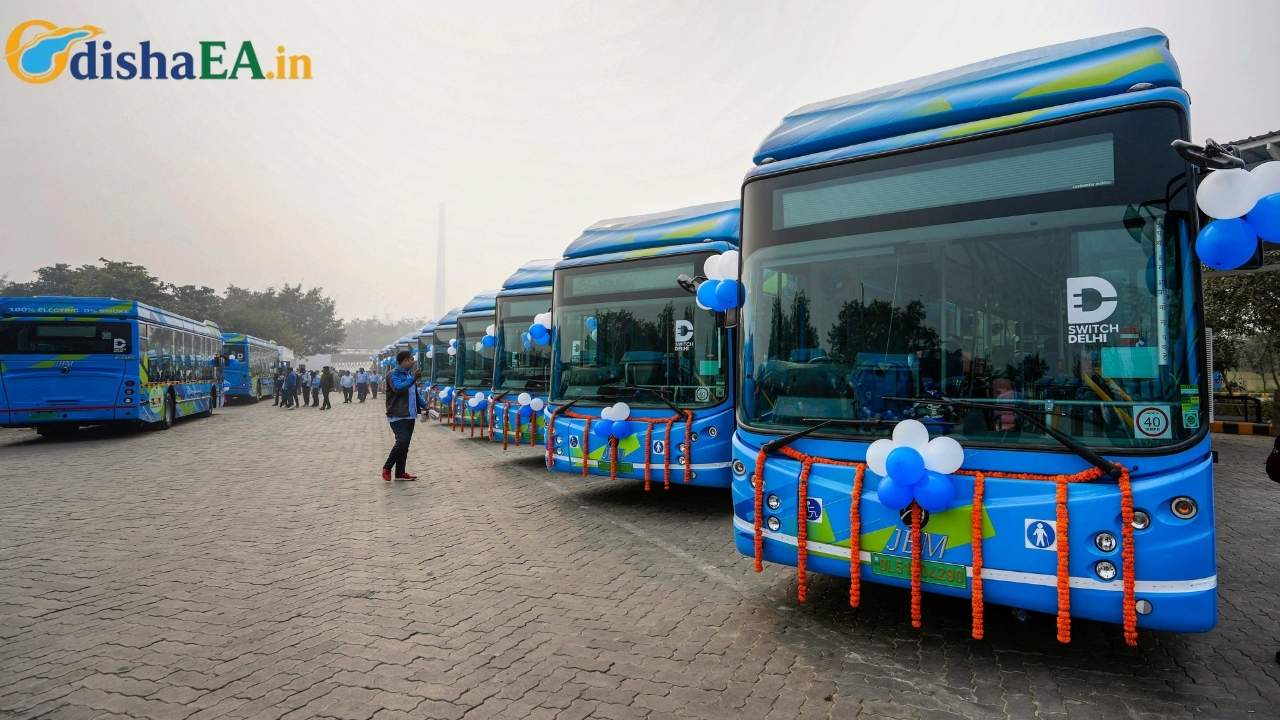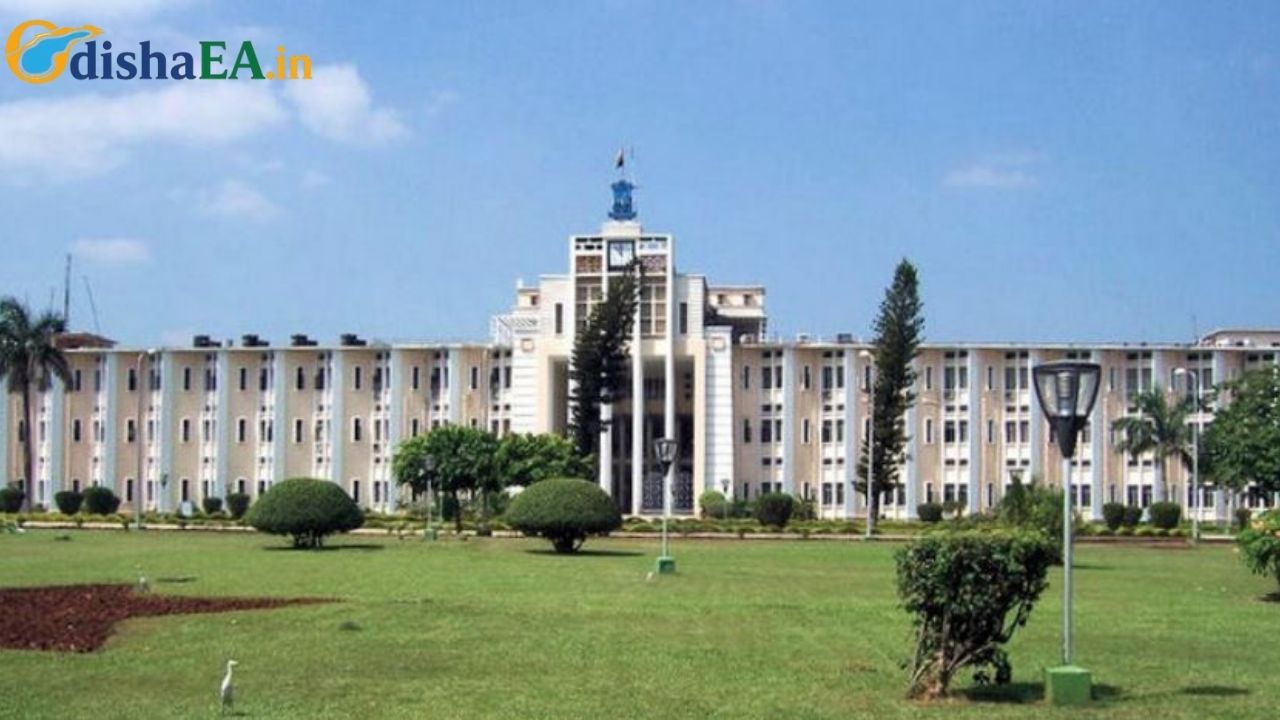On the morning of July 24, 2025, the Mahima Gosain Express, traveling from Shalimar to Sambalpur in Odisha, encountered a significant derailment. The incident occurred just minutes after the train had departed Sambalpur City Station, shaking up commuters and causing widespread concern. Fortunately, there were no casualties or injuries, and the incident has since been managed by Indian Railways authorities.
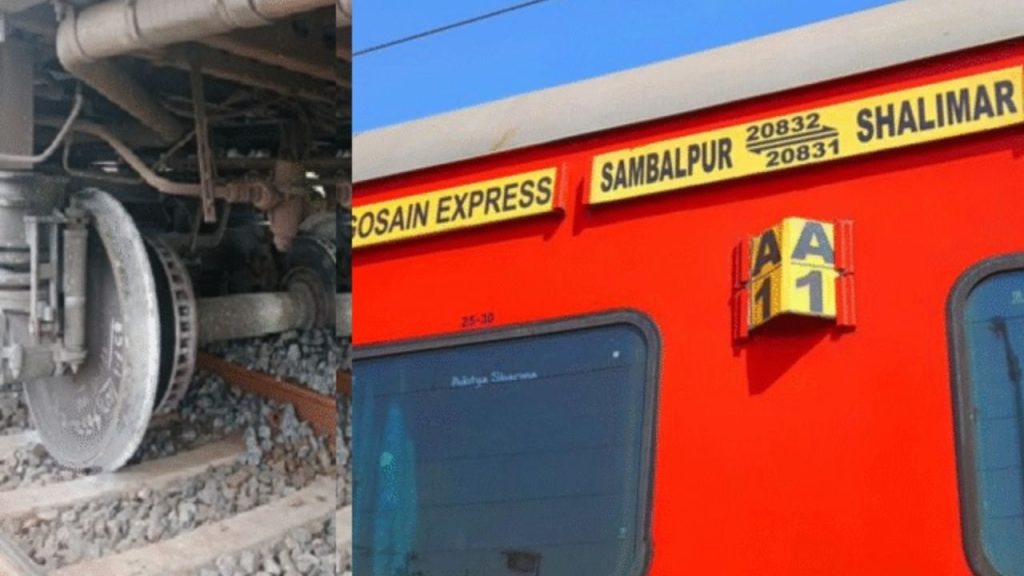
In this article, we’ll break down what happened, how it was handled, and what this means for the railway system moving forward. We’ll also provide some practical advice for travelers and offer insights into railway safety, derailment causes, and how such situations are typically managed.
Mahima Gosain Express Derails Near Sambalpur
| Key Takeaway | Details |
|---|---|
| Incident Overview | Mahima Gosain Express derailed near Sambalpur City Station in Odisha on July 24, 2025. |
| Casualties | No injuries or fatalities were reported. |
| Location | Sambalpur City Station, Odisha. |
| Train Details | The train was on its journey from Shalimar to Sambalpur. |
| Cause | The cause of the derailment is under investigation, but it occurred at slow speeds. |
| Recovery Efforts | The affected coach was detached, and the rest of the train continued its journey. |
| Railway Response | Senior officials, including the DRM, arrived at the site for restoration and investigation. |
| Link to Official Info | New Indian Express – Mahima Gosain Express Derailment |
This event serves as an important reminder of the complexities of the railway system and the resilience of Indian Railways when it comes to handling emergencies. Keep reading to find out more about the details of the derailment, the ongoing efforts to restore service, and what you can learn from this incident.
The derailment of the Mahima Gosain Express near Sambalpur was a worrying event, but thanks to prompt action by the railway authorities and the slow speed at the time of the incident, no lives were lost. It serves as a reminder of the importance of maintaining robust safety protocols in rail travel and the need for continuous improvement.
For passengers, knowing the safety measures in place and being prepared can help you feel more confident while traveling by train. While the system is incredibly safe, taking a few simple steps can further reduce your risk. The ongoing investigations into this incident will help ensure that such accidents are less likely to happen in the future, and Indian Railways remains committed to making its network as safe as possible for all travelers.
What Happened: The Derailment Explained
The Mahima Gosain Express, Train No. 20831, was on its way to Sambalpur when it derailed near the city’s railway station. This occurred at approximately 9:22 AM, just minutes after it had departed. The rear trolley of a general coach, located next to the guard van, went off the tracks, while the train was still moving at a very slow speed. While derailments are serious, the slow speed of the train helped prevent any fatalities or serious injuries.
Why Was There No Casualty?
One of the biggest reliefs for the passengers and the railway authorities was that no one was harmed during the incident. The fact that the derailment occurred at a slow speed played a significant role in minimizing the impact. In railway accidents, the speed at the time of derailment is a critical factor in determining the severity of the event.
The authorities were quick to react. The affected coach was promptly detached, and the rest of the train continued to its destination with the passengers aboard. While this situation might sound alarming, the rapid response and lack of further complications are prime examples of how emergency protocols in the Indian Railway system can save lives.
The Aftermath: Railway’s Quick Response
After the derailment, senior railway officials arrived at the site to assess the situation. Among those present were the Divisional Railway Manager (DRM), who oversaw restoration efforts and initiated an inquiry into the incident’s cause. The East Coast Railway also launched a formal inquiry into what caused the derailment, which is an essential part of their safety protocol.
For railway authorities, incidents like this are not uncommon, but they serve as crucial learning moments. The team immediately began efforts to restore normal train services in the area. The Indian Railways has a long history of managing such incidents with remarkable efficiency, ensuring that disruptions to train schedules are kept to a minimum.

What Caused the Derailment?
At the time of writing, the exact cause of the derailment remains under investigation. However, there are several common reasons why trains derail, and understanding these can help contextualize the event.
- Track Issues: One of the most frequent causes of train derailments is faulty or poorly maintained track infrastructure. These could include worn-out rails, loose bolts, or misaligned tracks.
- Human Error: Mistakes made by train operators or railway station staff can sometimes lead to derailments. These errors are often due to miscommunication, poor decision-making, or failure to follow safety protocols.
- Weather Conditions: Heavy rain, floods, and extreme weather can weaken the infrastructure and cause tracks to shift, leading to derailments.
- Mechanical Failures: Problems with the train’s mechanical systems, such as braking or wheel issues, may cause a derailment.
While the investigation is still ongoing, it is likely that the authorities will look into all these potential factors before concluding what led to the incident.
Practical Advice for Train Travelers
When it comes to traveling by train, safety should always be a top priority. Although rare, derailments and other accidents can occur, and it’s important to be prepared. Here are some practical tips for ensuring your safety during train travel:
1. Always Follow Safety Instructions
Train stations and trains typically have safety instructions posted in multiple places. It’s essential to read and follow these instructions carefully, as they provide important information about emergency exits, fire safety, and what to do in case of an accident.
2. Choose Comfortable and Safe Seating
Opt for a seat that’s located near an exit if possible. In the event of an emergency, this can save valuable seconds when trying to evacuate.
3. Be Prepared for Delays
Train schedules can be delayed for a variety of reasons, including weather, mechanical issues, and even derailments. Always give yourself extra time when planning to travel and stay informed by checking the train’s status online or through the railway app.
4. Keep Emergency Contacts Handy
Make sure your phone is charged and that you have emergency contact numbers saved. In the event of an accident, being able to contact family, friends, or authorities can make a big difference.
5. Stay Calm in Emergencies
In the rare event that an accident does happen, it’s essential to remain calm and follow the crew’s instructions. Trained personnel on the train will have clear protocols in place for evacuating passengers safely.
The Role of Indian Railways in Safety
Indian Railways is one of the largest and busiest railway networks in the world, operating thousands of trains every day across the country. Managing such a vast network requires constant attention to safety, infrastructure maintenance, and technological advancements.
To keep the system running smoothly, Indian Railways invests heavily in regular track inspections, modernization of rolling stock (trains), and upgrading station facilities. The authorities are also adopting advanced safety technologies like collision avoidance systems, automated train protection, and improved signaling systems.
Despite these efforts, accidents like derailments can still occur, which is why investigations and continuous improvements are essential. The response from Indian Railways after incidents, like the one in Sambalpur, showcases the level of preparedness and commitment to passenger safety.
Odisha Enforces Ban on Fuel Sales in Plastic Containers Following Tragic Incident
Odisha Congress to Launch Mobile App and Grievance Cell for Women in Distress
Minor Girl Set on Fire in Odisha’s Puri—Grim Details Emerge as She Battles for Survival
FAQs
1. What should I do if I’m on a train that derails?
If you’re on a train that derails, stay calm and follow the instructions of the train crew. They are trained to handle such situations and will guide passengers to safety. Always use emergency exits if necessary.
2. Are derailments common in India?
While derailments do happen from time to time, they are relatively rare considering the large number of trains and tracks in use. Indian Railways constantly works on improving safety standards.
3. How does Indian Railways investigate derailments?
Indian Railways sets up an inquiry team to investigate derailments, which typically includes experts in track safety, train operations, and mechanical systems. The findings from these investigations help improve future safety measures.
4. What is being done to improve railway safety?
Indian Railways continues to invest in modernizing tracks, trains, and signaling systems. New technologies, such as real-time monitoring and automatic train protection systems, are being incorporated to prevent accidents.

